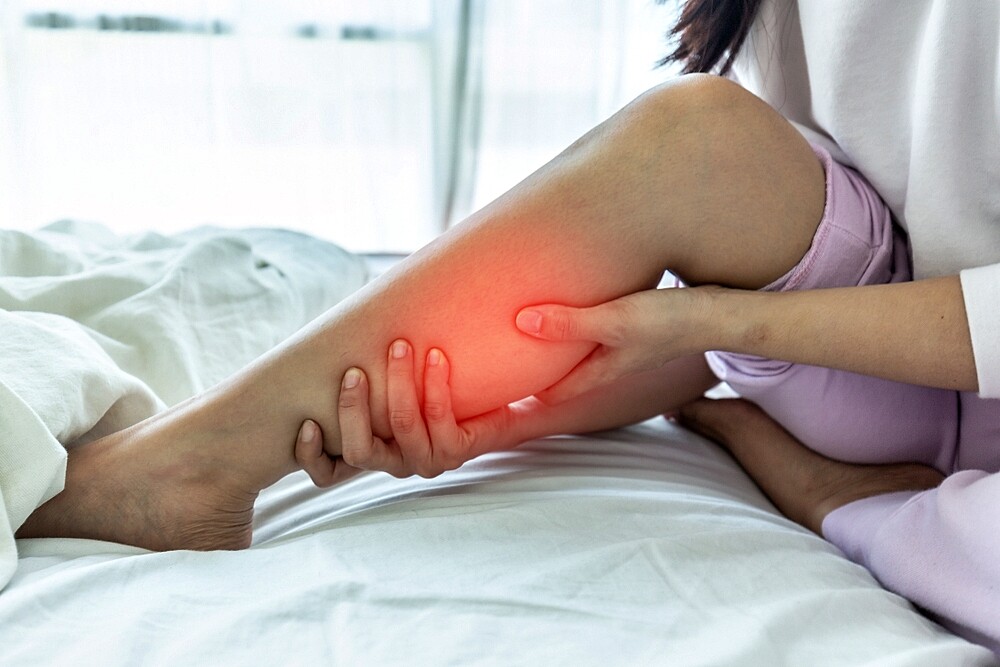Pain in the legs can have many causes. You can find out here what the typical causes are and how you can quickly get rid of the unpleasant symptoms.
At first it is just a slight tingling sensation, then a twinge in the muscles: pain in the legs can not only be felt in very different ways, it also has many possible causes. Often the complaints of the legs are only a sign of short-term overstrain, for example if you have sore muscles after sports. Or you have heavy legs because you have been walking around the city all day. Usually such aching limbs disappear by themselves after one or two days. But unfortunately it is not as easy as with muscle pain in all cases.
Pain in the legs: Cause of the symptoms
When it is clear that overloading cannot be the reason for the pain in the legs, we have to start looking for clues. The following are typical causes of leg pain:
- Injuries such as bone fractures, knee injuries, torn ligaments or tendons
- Weak veins or vein weakness
- Varicose veins
- Circulatory disorders
- Thrombosis and embolisms
- Joint wear and tear (arthrosis or rheumatism)
- Inflammations
- Gout
- Osteoporosis
In addition, the cause of the pain is not always to be found in the leg itself – the discomfort of a hip disease, for example, can radiate to the thigh. If you are unsure where the leg pain is coming from, you should definitely have a medical examination.
Do I really always have to see a doctor because of my leg pain?
Especially in acute pain there are some signs that indicate a serious illness and should be examined by a doctor. These include:
- Severe, prolonged pain
- Swollen joints that feel excessively warm
- Pain that is difficult to assess after an accident or injury
What helps against leg and limb pain?
Anti-inflammatory medicines, which are available in both tablet and ointment form, help against severe leg pain. Especially for knee joint complaints it is useful to apply an ointment and then stabilize the joint with a bandage. Otherwise, pain in the legs is treated according to the cause: Varicose veins and weak veins, for example by compression stumps or surgical measures, fractures can be splinted. In addition, there are some measures that can provide relief for almost all joint and limb pain:
- Cold or heat treatments (depending on the cause, consult your doctor)
- Physiotherapy
- Exercise (especially joint-gentle sports like swimming and walking)
- Water and bath therapy
In the article “What to do against joint pain” you will find even more tips to help with complaints!

